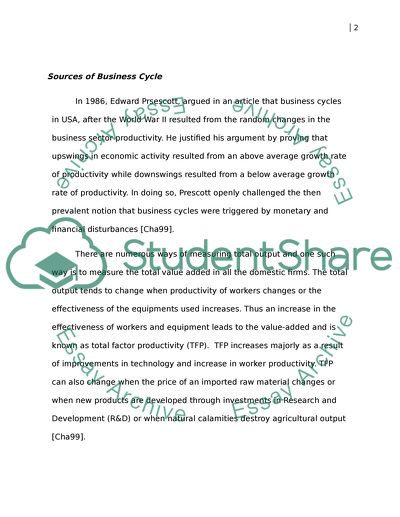Cite this document
(“How do real business cycle theorists go about explaining the sources Essay”, n.d.)
How do real business cycle theorists go about explaining the sources Essay. Retrieved from https://studentshare.org/macro-microeconomics/1434564-y-how-do-real-business-cycle-theorists-go-about
How do real business cycle theorists go about explaining the sources Essay. Retrieved from https://studentshare.org/macro-microeconomics/1434564-y-how-do-real-business-cycle-theorists-go-about
(How Do Real Business Cycle Theorists Go about Explaining the Sources Essay)
How Do Real Business Cycle Theorists Go about Explaining the Sources Essay. https://studentshare.org/macro-microeconomics/1434564-y-how-do-real-business-cycle-theorists-go-about.
How Do Real Business Cycle Theorists Go about Explaining the Sources Essay. https://studentshare.org/macro-microeconomics/1434564-y-how-do-real-business-cycle-theorists-go-about.
“How Do Real Business Cycle Theorists Go about Explaining the Sources Essay”, n.d. https://studentshare.org/macro-microeconomics/1434564-y-how-do-real-business-cycle-theorists-go-about.


